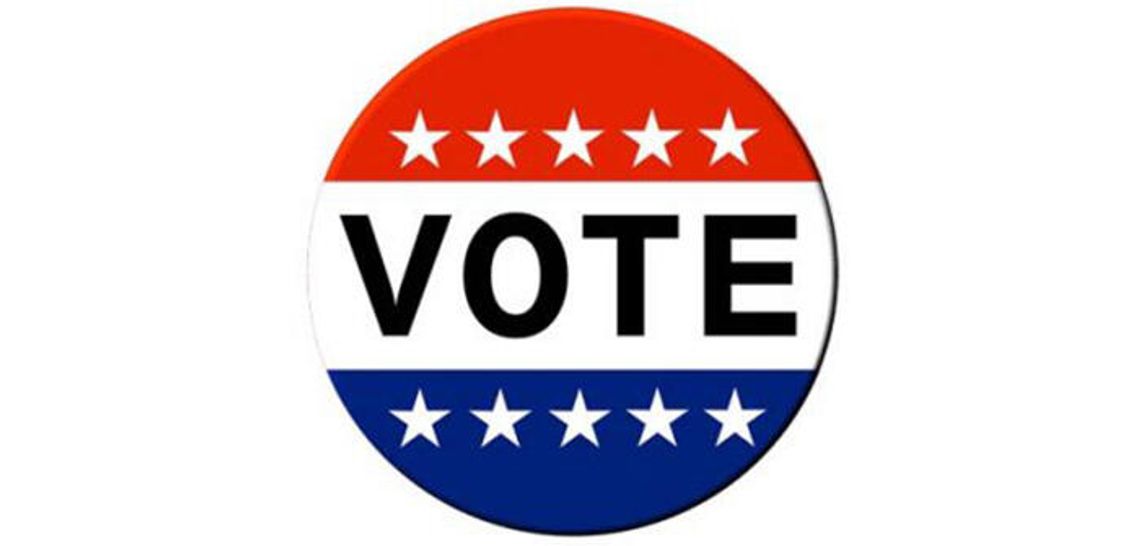By Amira Van Leeuwen
KYLE — The city of Kyle hosted its first open house meeting on Saturday at city hall to give citizens information as they prepare to vote on the road bond package, Proposition A, in the city’s bond election this November.
Proposition A features eight road projects across the city that will cost $294.4 million, totaling 10.3 miles of new construction and road upgrades to improve the city’s transportation network. The projected tax increase is 9.17 cents overall.
The eight road projects include upgrading Old Stagecoach Road and Center Street to Veterans Drive, Bunton Creek Road, Windy Hill Road and Bebee Road.
Kohler’s Overpass to Seton, Kyle Parkway, Lehman Road and Marketplace Avenue will receive undergo new construction.
Jeff Barton, co-founding partner from Gap Strategies, moderated the question and answer session with panelists Mayor Travis Mitchell, Kyle Chief of Police Jeff Barnett, Senior Vice President of K. Friese and Associates Joe Canalupo and Managing Director at SAMCO Capital Markets Andrew Friedman.
Citizens could submit questions to any of the four panelists who assisted the city staff council in creating Proposition A.
During the question and answer session, Friedman explained what a bond is. He said to think of it like a mortgage for a house.
“General obligation bonds that are being put forth as part of this proposition are a long-term financing method that the city intends to utilize to fund all of these street and capital improvements considered within this proposition,” Friedman said. “The plan would be to issue general obligation bonds that have a maximum amortization, for right now planned at 20 years. You want to match the useful life of any asset with the debt that you’re financing, and then as these projects are taken on overtime — because it’s not the city’s intention to go borrow all of the 294 plus million dollars to fund all of this at one time.”
One question posed by Barton to Canalupo was how the engineering firm prepared cost estimates.
Canalupo said they start with the project list they receive from the city and then take it that list to develop preliminary engineering reports or 10% designs. Preliminary reports mean the engineering firm has done enough engineering to understand that the project can be built.
“We’re trying to come up, at this stage of the development, with the best cost estimate possible and with the best understanding of challenges and opportunities possible,” Canalupo said. “Our job at this stage of development is to define the elements of each project as much as possible, to define costs as detailed as possible, so the city and the community have enough faith in what they’re seeing to know that what is being proposed to be funded could actually go ahead and be constructed.”
A question submitted by the audience was whether these projects consider other types of mobility such as bikeways, sidewalks or safer crossings at intersections.
“The answer is yes; these are not only projects aimed at moving vehicular traffic more efficiently. They are also aimed at adding mobility and accessibility for bicyclists and for pedestrians,” Canalupo said.
Another question submitted by an audience member was if there was any intention of reducing this new tax rate once the roads are paid off.
Friedman said the tax rate was subject to reevaluation.
“You could only levy an INS portion of that tax rate for the amount of debt that’s actually coming due in that year. So, as those property values go up and that amount of debt, that repayment for the upcoming year stays the same, that lowers the required tax rate,” Friedman said.
Another audience member was concerned about the seemingly high-cost estimates for rights-of-way and was wondering how the engineering firm came up with those estimates.
Canalupo’s response: data.
“We look at what things are costing in and around the city,” Canalupo said. “For a lot of the costs we have databases that the state uses for construction costs and such and that’s how we develop them.”
Canalupo also said that each project will take about two-to-five years to build but will take different lengths of time to develop, as not all projects can be worked on at the same time.
Another question posed by a Facebook audience member was how the city is using the money from all the recent growth currently. Mitchell said the city is investing “as smartly and strategically” as it can.
The next open house will be on Oct. 20 from 6-8:30 p.m. at the Kyle Public Works Building, 520 E. Ranch Road 150.
The deadline to register to vote is Oct. 11, with early voting beginning on Oct. 24 to Nov. 4. For more information about the bond election, visit https://www.kylebonds.com/.










